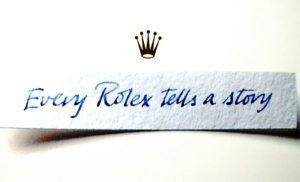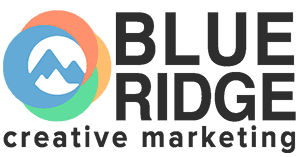A good brand story is important… You only have one Brand Community.
You understand who they are, what they want or need from you, where they are coming from, their motivations and where the best touchpoint is with each to be effective with your communications.
Each phase of your relationship with these people requires a different kind of storytelling. It’s the same brand story, because it has to be to be consistent and authentic, but it needs to be in a form that is appropriate for achieving the strategic goals of the phase you are in!

Phase #1: “First Contact” —
In the world of business communications, the current wisdom is that you have eight seconds or less to hook the interest of a prospect. So the first form that your story needs to take is distilling an aspect of the value you potentially offer a target group into a singular, resonate way.
- Be disciplined: pick a single storyline that will make them want to know more and stick to it!
- Keep it simple: At glance, most stories can be overwhelming, so don’t try to be too conceptual or “clever”.
- Make it personal: Sharing something that feels intimate and familiar engages with folks on a better level.
- Use images: As overused of a phrase as it may be, it’s true, “a picture tells a thousand words,” as long as the image helps tell the story rather than being simply an attention grabber.
Phase #2: “Reflect Their Needs” —
If you’re successful at first contact, then the next phase will determine if the prospect is driven to learn more about you and whether you will be in the consideration set in the future. Make sure your company website, social media profiles, presentations, and more, give them what they need.
- Really show yourselves: Don’t be safe, be thrilling and unconventional!
- Create brand filters: Make sure your content honors the brand position and story you have committed to.
- Tell your story well: Is it easy for them to understand quickly what you do and what makes you different than your competition?
- Create dialog: It’s essential at this stage to convert your company monolog, which websites and social media profiles and advertising tend to be, into a dialog where you are on the listening end.
Phase #3: “Make It Personal” —
It’s all about listening. But listening is just the start. Responding to the specific needs of the client or consumer makes them feel their thoughts are being heard.
- Make your brand story theirs: As hard as it is to cede some ownership to others, building a truly community-driven story with everyone’s perspectives helps straighten your brand.
- Guide and inspire: Inclusion doesn’t mean letting go of your story, it opens up a wealth of work related to guiding and inspiring people to tell your story well.
- Engage respectfully: As much as I love some brands, they are not a primary relationship in my life. So make good use of the ever more sophisticated content management systems available.
Phase #4: “Stay In Touch” —
Once you complete the herculean task of building a healthy, sustainable brand community through great brand storytelling, make sure to keep the fires burning with your brand advocates.
- Identify primary touchpoints: Make sure you are clear about the best way to stay in touch.
- Manage the story flow: Make sure you are achieving your strategies by monitoring the type and frequency of your storytelling.
- Constantly adjust: Use qualitative and quantitative insights to refine your storytelling to keep it relevant.
- Keep the heat on: Every time you communicate is a new chance to engage, inspire and stimulate meaningful dialog
In the end, great brand storytelling is about being authentic, intentional, strategic and meaningful. The best way to ensure success is to make all storytelling relevant to the moment.

